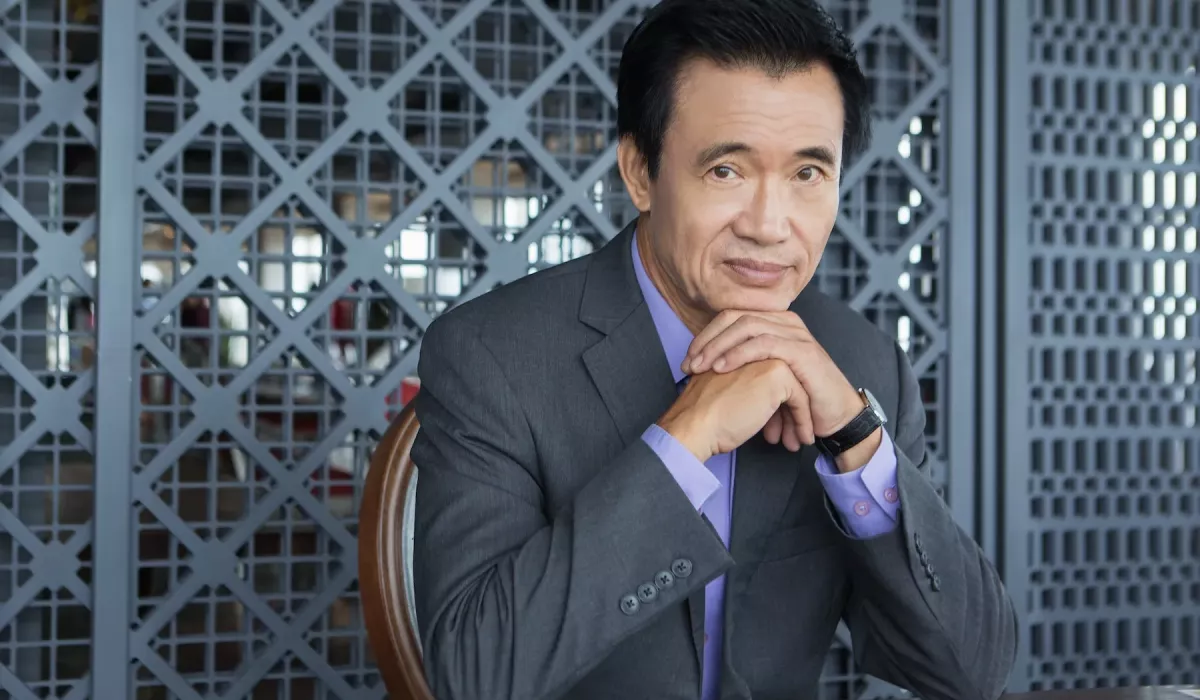
5 Characteristics of a Terrible Manager
1. Lack of Emotional Intelligence
A cornerstone of effective leadership, emotional intelligence (EI) is the ability to understand and manage one’s own emotions, as well as recognize and respond to the emotions of others. As Goleman (1995), EI is crucial for building relationships, resolving conflicts, and inspiring teams. A manager deficient in EI may struggle to connect with employees, create a positive work environment, and effectively lead their team.
In short this manager has no common sense and is happy to fly off the handle at a drop of the hat.
2. Micromanagement
Micromanagement, the excessive control of employees’ work, is a common characteristic of poor managers. It stifles employee autonomy, creativity, and motivation. They have an inner belief that their staff are lazy and need constant supervision. This approach can lead to decreased job satisfaction, increased turnover, and a decline in overall organizational performance.
He counts his chickens, and no one can do it as good as him. He suffocates and strangles his teams and wonders why his folks are running to the door.
3. Poor Communication
Effective communication is essential for building trust, fostering collaboration, and achieving organizational goals. A manager who fails to communicate clearly, actively listen, or provide timely feedback can create a climate of confusion, frustration, and resentment. As noted by Katz and Kahn (1966), effective communication is a critical leadership skill.
However, this poor communicator may be good at communicating up. In common, he is a crawler to his superiors.
4. Lack of Focus on Employee Development
Investing in employee development is crucial for organizational success. A manager who neglects to provide opportunities for growth, coaching, or mentoring is failing to capitalize on the potential of their team. According to Buckingham and Clifton (2001), employees thrive when they have opportunities to use their strengths. A manager who fails to identify and develop employee strengths is missing a key opportunity to enhance performance.
5. Resistance to Change
The business world is constantly evolving, and successful organizations must adapt to change. A manager who is resistant to change can hinder innovation, stifle growth, and create a culture of fear. Kotter (1996) emphasized the importance of leadership in managing change. A manager who fails to embrace change can negatively impact the organization’s ability to compete.
In conclusion, effective leadership is essential for organizational success. These five characteristics represent common pitfalls that can significantly impact employee morale, productivity, and overall organizational performance. By understanding these traits, organizations can identify and develop leaders who possess the competencies required to thrive in today’s dynamic business environment.
References:
Goleman, D. (1995). Emotional Intelligence. Bantam Books.
Katz, D., & Kahn, R. L. (1966). The Social Psychology of Organizations. Wiley.
Buckingham, M., & Clifton, D. O. (2001). Now, Discover Your Strengths. Gallup Press.
Kotter, J. P. (1996). Leading Change. Harvard Business Review Press.
Would you like to focus on a specific characteristic or explore strategies for addressing these issues?
Recent Posts
- Beyond the “Black Swan”: Why Life Science Firms Must Pivot from Perfection to Potential in 2026
- The “Player-Coach” Era: Why Your Technical Pedigree is No Longer Enough
- Pharma & MedTech Interview Guide: Decoding the Manager’s Style and Biases
- The Psychology of Selection: How Your Hiring Style Creates Blind Spots
- The Strategic MSL: Beyond Data Delivery, It’s About Impact


